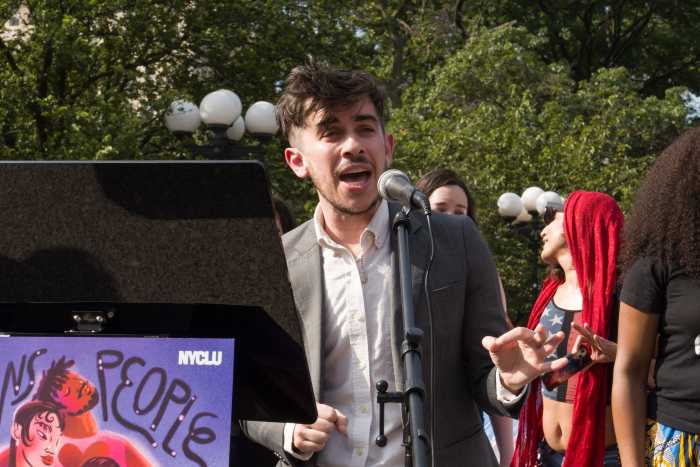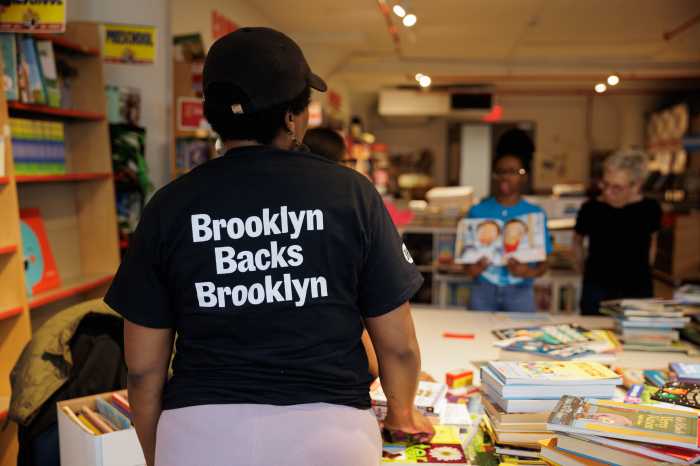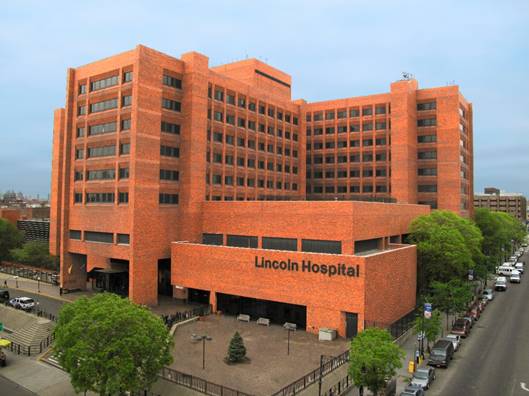Bar owners seeking licenses will once again face tougher restrictions under a bill passed by the state Legislature this summer.
The bill strengthens the 500-foot rule, which applies to bars and clubs if there are three or more existing liquor licenses nearby. The new legislation was prompted by a court ruling last November, which weakened the 500-foot rule and gave bar owners more leeway in neighborhoods that are densely packed with bars.
“The [ruling] last November really shot a 500-foot hole in the statute’s intent,” said state Senator Daniel Squadron, the new legislation’s sponsor. “This closes it up.”
Squadron’s legislation clarifies that any business that wants to serve alcohol within 500 feet of three or more other establishments with liquor licenses must, at a public hearing, show that the new venue would be in the public’s best interest.
That’s how the law’s previous version was being enforced, until last November, when a Sate Supreme Court judge said the law referred only to three or more licenses of the same type. That meant that if a block had a dozen restaurants that served liquor but no bars, a new bar could open there without a 500-foot hearing.
In response, Squadron, who represents Downtown Manhattan and Brooklyn, and Assemblymember Robin Schimminger, a Democrat who represents a Buffalo suburb, introduced legislation modifying the wording of the 500-foot rule so that it clearly covered all types of liquor licenses. The Assembly passed the bill in June and the Senate passed it July 16, and now it is awaiting delivery to Governor David Paterson’s Office. Paterson is expected to sign the bill. The State Liquor Authority declined to comment.
John Weis, chairperson of Community Board 4, called the new legislation “terrific.”
The November court ruling originated from C.B. 4, specifically, involving a W. 46th St. catering hall called Hudson Terrace. The venue was allowed to bypass the 500-foot rule under the court ruling, which meant that although there were four other liquor licenses nearby, there was no 500-foot hearing and Hudson Terrace didn’t have to prove that its operation was in the public’s interest.
Besides Hudson Terrace, Weis had not heard of any other bars that received an advantage from the court ruling.
“It more threw everyone into a bit of turmoil,” Weis said. “No one knew which venue was licensed in which way.”
The district managers of Downtown’s Community Boards 1 and 3 also said they did not know of any licenses that avoided a 500-foot hearing under the court ruling, and agreed that the ruling created confusion.
The problem was that the S.L.A. did not previously keep track of which licenses fell under which categories, and it was often unclear whether an establishment was a bar or a restaurant. As new applications arrived, no one knew how to tell how many venues of a given type were within 500 feet, meaning it was impossible to tell when the 500-foot rule applied.
The court decision “caused a huge backlog in applications,” said Susan Stetzer, district manager of C.B. 3. “We’ll be very happy [when this is] cleared up.”
Separately, Squadron’s new legislation makes a change to another piece of the liquor license law, called the 200-foot rule. The rule restricts liquor licenses within 200 feet of a school or a house of worship. Currently, if a bar already has a license before a church or school moves in nearby, the bar is allowed to stay but cannot move at all within the 200-foot zone. The bill would allow the bar to move within the 200-foot zone, a change that Squadron said would allow the bar to move a bit away from the school or church.
“It gives a little more flexibility,” Squadron said.


































